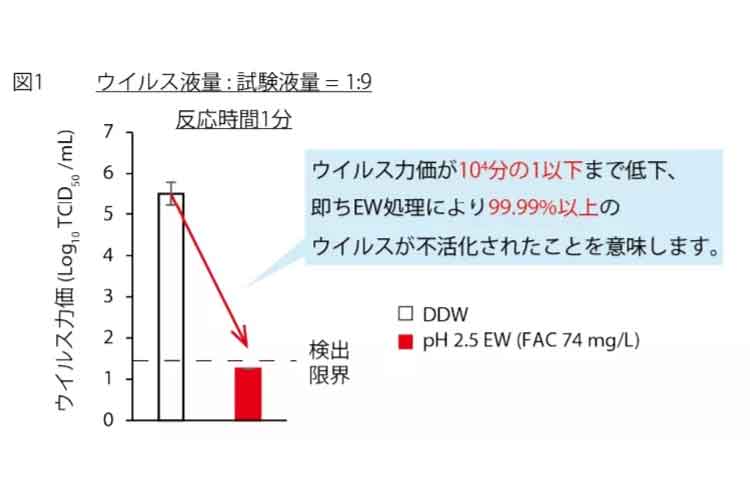How does hypochlorous acid kill microbial pathogens?
The main germicidal factor of hypochlorous acid (HClO) in acid hypochlorous acid solution is hypochlorous acid (HCLO), which has strong oxidizing ability. When it comes into contact with microorganisms, it quickly destroys the cell membrane of harmful microorganisms, making the protein and DNA in cells unable to exert their normal biochemical activities, leading to the death of microorganisms and achieving the germicidal effect.

Hypochloric acid is very effective in inactivating bacteria. A study conducted in the 1940s investigated the changes of inactivation levels of Escherichia coli, Pseudomonas aeruginosa, Salmonella typhi and Shigella with time (butterfield et al.,1943). The results show that HClO can inactivate these bacteria more effectively than ClO- (also known as chlorine bleach). These results have been confirmed by several researchers, whose conclusion is that HClO is 70-80 times more effective than ClO- in inactivating bacteria (Culp/Wesner/Culp,1986). Since 1986, hundreds of publications have confirmed that HClO is superior to ClO- and more effective than ClO-. There are two reasons. First, because it is a neutral inorganic small molecule, it can easily penetrate the cell wall and cell membrane of bacteria without charge, and destroy microbial protein, nucleic acid and other living substances, resulting in microbial death. The second reason is that HClO has a much higher oxidation potential than ClO-. Especially, the killing speed of Bacillus subtilis (Bacillus) and mold is ahead of all other disinfectants.
Hypochloric acid (HClO) has been proved to be effective against many viruses such as norovirus, influenza virus, Ebola virus and poliovirus.

SHINE HOCL generator are compact and easy to install. Systems are designed to generate Hypochlorous Acid Water on-site and on-demand from an additive made yourself with just HCL and water.
